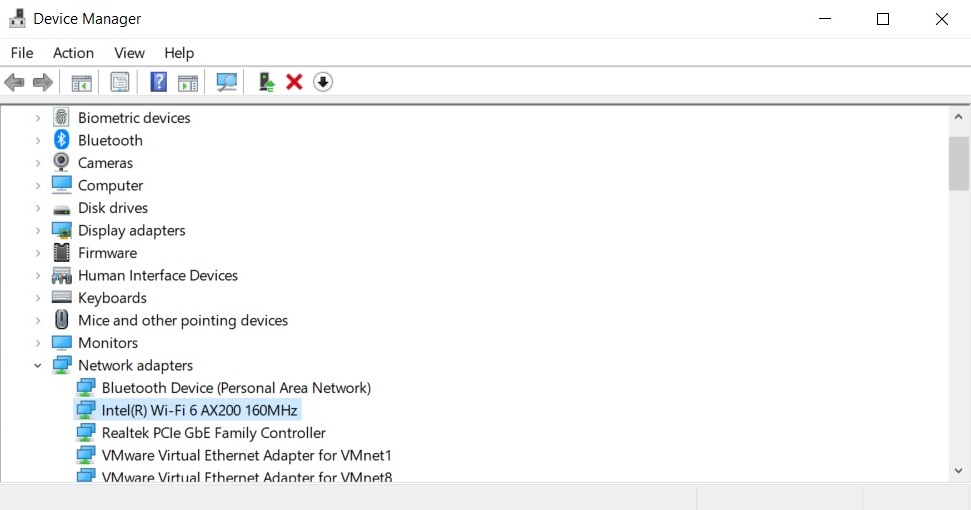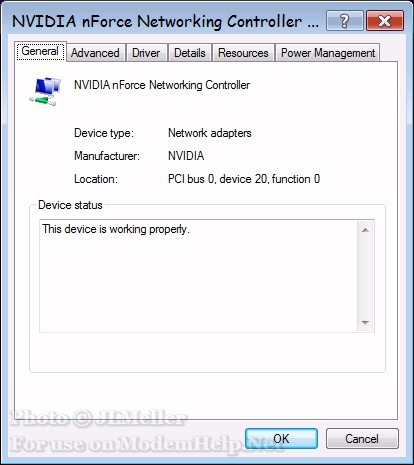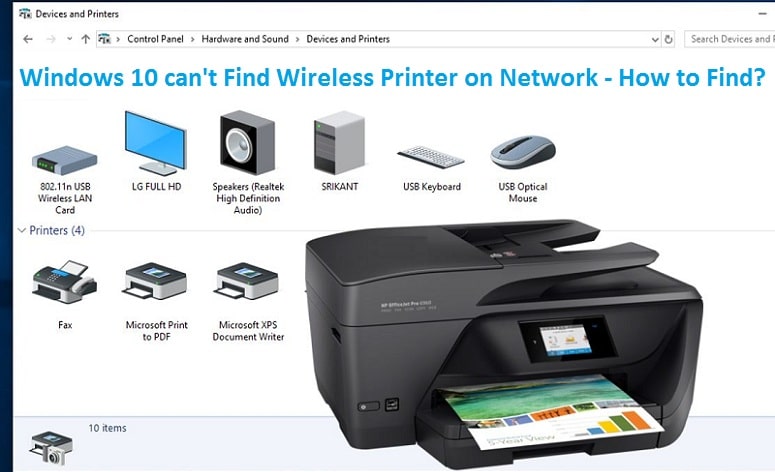

A multilayer switch is a high-performance device that supports the same routing protocols as routers. A multilayer switch is one that can operate at both layers, which means that it can operate as both a switch and a router. A switch can work at either the Data Link layer or the Network layer of the OSI model.

You can think of a switch as a device that has some of the best capabilities of routers and hubs combined. Switches also improve network security because the virtual circuits are more difficult to examine with network monitors. Using switches improves network efficiency over hubs or routers because of the virtual circuit capability. Generally, switches can read the hardware addresses of incoming packets to transmit them to the appropriate destination. Strands of LANs are usually connected using switches. The switch maintains limited routing information about nodes in the internal network, and it allows connections to systems like hubs or routers. A switch is a multiport device that improves network efficiency. Switches generally have a more intelligent role than hubs. There are two types of hubs: simple and multiple port. Hubs operate at the Physical layer of the Open Systems Interconnection (OSI) model. Hubs do not perform packet filtering or addressing functions they just send data packets to all connected devices. For example, if the incoming data is in digital format, the hub must pass it on as packets however, if the incoming data is analog, then the hub passes it on in signal form. A hub is the simplest in the family of network connecting devices because it connects LAN components with identical protocols.Ī hub can be used with both digital and analog data, provided its settings have been configured to prepare for the formatting of the incoming data. A hub also acts as a repeater in that it amplifies signals that deteriorate after traveling long distances over connecting cables. Hubs connect multiple computer networking devices together.

It is called USBDriveLog, and you can download it from the official website using this link. USBDriveLogįinally, the same developer offers a slightly less complex tool that only shows USB Mass Storage Devices. For example, you can prevent connecting specific devices to your computer, browse INF files, jump to registry entries, restart USB controllers, etc. In addition to providing you with all the available information about your USB devices, USBDeview offers some advanced features. You can also double-click any entry to reveal additional information: first connection time, recent connection time, vendor, friendly name, power consumption, USB protocol, driver version, etc.

The app marks currently active devices green, so you can easily sort out disconnected peripherals. Now you can see a complete list of all USB devices connected to your Windows computer. Launch the file you have downloaded (the app does not require installation.) You can download it from the official website using this link. If you need a bit more information about your USB devices, there is a free utility called USBDeview by Nirsoft. Find all connected USB devices with USBDeview You can also use the Class and Friendly Name columns to find and better recognize the devices you see listed. "Status OK" means that a device is currently plugged in and works properly. That command will show a list of all present USB devices.Enter the following command: Get-PnpDevice -PresentOnly | Where-Object.Launch PowerShell or Windows Terminal with the ' PowerShell' profile.USBDriveLog Find and List Connected USB Devices in Windows 10


 0 kommentar(er)
0 kommentar(er)
